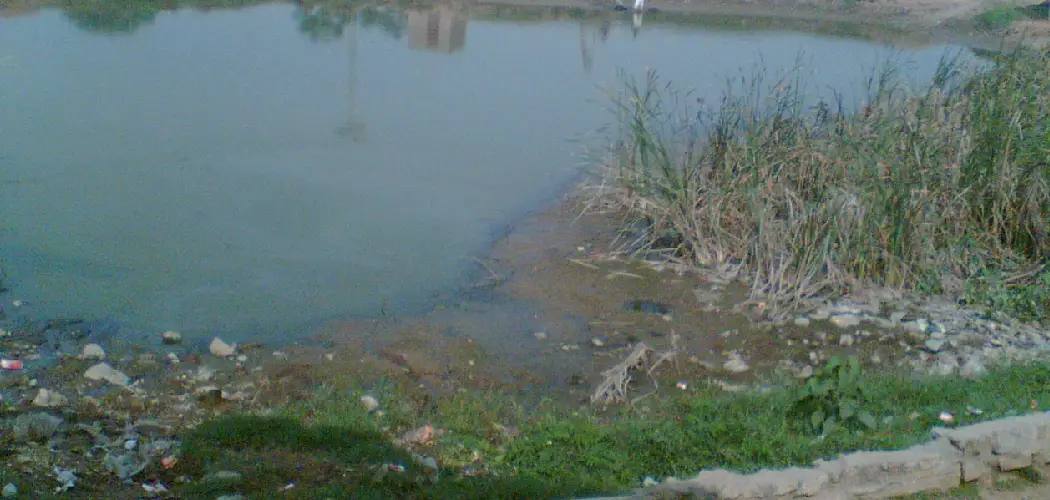The buildup of silt in a pond can reduce the water quality, decrease the amount of oxygen available to fish and other aquatic life, and limit the growth of healthy plants. Pond silt also can cause problems with the pond’s appearance and make it harder for you to enjoy your outdoor space. Removing silt from a pond is time-consuming, but it is essential to maintain the health of your pond and its inhabitants.
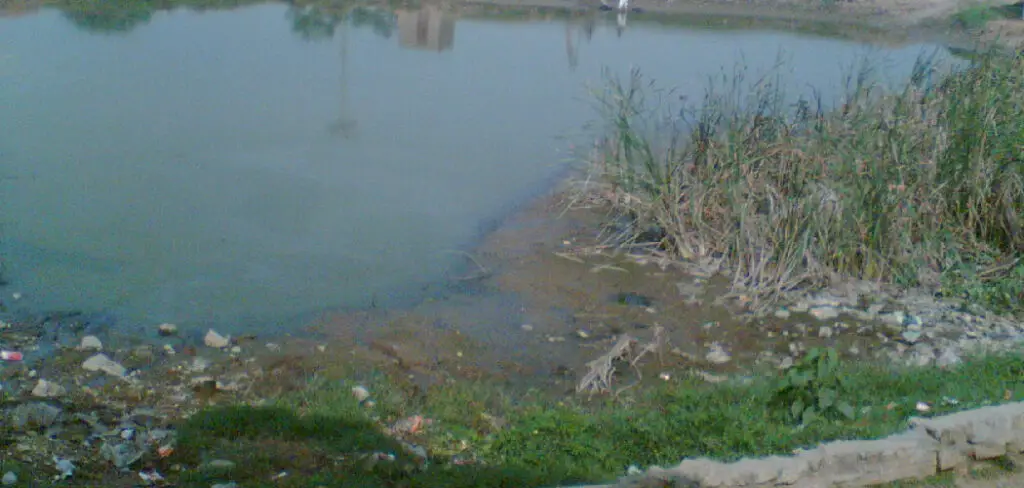
Removing silt from a pond can have major advantages for the health of your aquatic environment. Silt buildup in ponds can lead to oxygen depletion, nutrient loading, and an increase in algae growth. Removing silt allows you to maintain a healthy balance of oxygen and nutrients in your pond and reduce the risk of algal blooms. Removing silt can also improve water clarity, making it easier to observe the fish and plants in your pond. In this blog post, You will learn in detail how to remove silt from pond.
Step-by-step Instructions for How to Remove Silt From Pond
Step 1: Inspect the Pond
Inspect the pond to identify the amount of silt present. Make sure you consider any areas that may have become heavily silted, as these will require more attention during removal. If the silt is more than two inches thick, it is advisable to hire a professional to remove it.
Step 2: Drain the Pond
If the depth of the pond allows for it, you should begin by draining the water from your pond. This will make removing any silt easier and ensure that no aquatic life is harmed during the process. Once the pond has been drained, you can begin to remove silt by hand. This is a laborious task, but it may be necessary depending on what type of sediment is present in your pond. Use a shovel or rake to carefully scoop out any large chunks of silt and dispose of them properly.
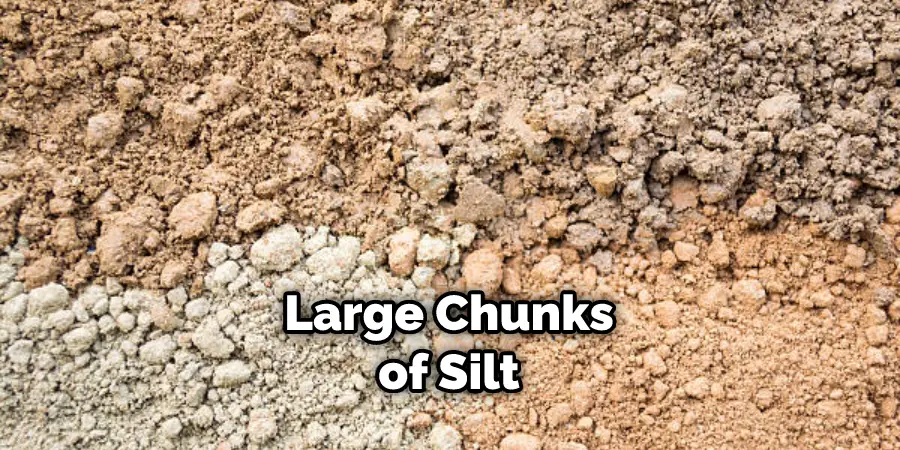
Step 3: Use a Vacuum Pump
If it is necessary to remove smaller sediment particles, you might consider using a vacuum pump. This device will draw up large and small pieces of debris from the bottom of your pond, leaving only a clean surface behind. If the silt is too thick for either hand removal or a vacuum pump, you may need to purchase a specialized silt removal machine. These machines are designed to cut through large amounts of sediment and can be hired by specialist pond maintenance companies.
Step 4: Power Wash the Pond
Once all of the silt has been removed from your pond, you can use a power washer to clean the surfaces. This will help remove any remaining debris and make it easier for aquatic plants and fish to live in the pond. Ensure not to aim too close to the edges of the pond as this could damage the liner.
Step 5: Re-fill the Pond
Once you have completed all of the necessary steps, it’s time to re-fill your pond with clean water. Make sure you test the pH and other water parameters before adding any fish or other aquatic life back. After re-filling the pond, it is important to add beneficial bacteria to help kick-start the ecosystem. These organisms will colonize the pond and help break down waste products, ensuring that your aquatic life stays healthy.

Step 6: Monitor Water Quality
Now that your pond has been cleaned and re-filled, it is important to monitor the water quality on a regular basis. Check for ammonia, nitrites, and nitrates levels, as these can indicate potential ecosystem problems. After everything else has been taken care of, you can begin to stock your pond with plants and fish. Make sure you choose species suitable for living in the water conditions provided, as this will help maintain a healthy ecosystem.
By following these steps, you should be able to successfully remove silt from your pond, allowing it to become a thriving aquatic environment once more.
Safety Tips for How to Remove Silt From Pond
- Ensure that all proper safety equipment, such as waders, boots, and protective clothing, is worn while removing silt from a pond to prevent accidental injuries.
- Make sure to turn off any power sources around the area before beginning any work near electric lines or other hazardous areas.
- Use caution when using any machinery or equipment to avoid injury by following all safety instructions for their use.
- Wear protective eyewear and gloves when handling hazardous materials, such as silt, sediment, and chemicals.
- Test the water in the pond before removing the silt to ensure that it is safe for human consumption.
- Have a professional inspect any machinery or equipment before use to ensure it works properly and safely.
- Monitor the area for wildlife before beginning work so that no animals are disturbed during the process of silt removal.
- Utilize an environmental consultant when using chemicals or other treatments for silt removal to ensure that they are used correctly and do not harm the environment.

Following these safety tips can help ensure a safe and effective silt removal process from your pond. Taking the proper precautions when removing silt can minimize potential risks and keep you, your family, and your property safe.
How Often Should You Clean Out the Silt From Your Pond?
The frequency of silt removal from your pond largely depends on the size and depth of the pond, as well as its location. Outdoor ponds are more likely to accumulate debris than indoor ponds, making it important to check them regularly for any signs of blocked drains or overflowing water. Generally speaking, most outdoor ponds should be cleaned out every two to three years. In addition, if you have an in-ground pond, it is important to clean out the silt at least once a year, particularly if it is located in a high-traffic area or near trees or shrubs that can shed their leaves into the water.
When removing silt from your pond, be sure to wear protective clothing and gloves, as some silt may contain harmful bacteria or pollutants. It is also important to remove all debris and organic materials from the pond before removing the silt. To do this, you should use a skimmer net and scoop out any leaves, sticks, and debris that have settled at the bottom of your pond. After you have removed all of the debris, it is time to begin removing the silt.
How Can You Prevent Silt From Accumulating in Your Pond in the Future?
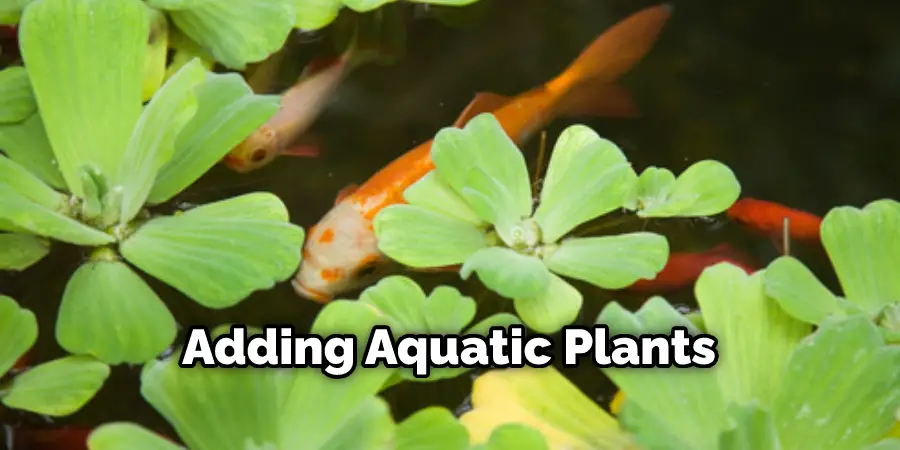
Once you have completed the silt removal process from your pond, it is important to take preventative measures to ensure that it does not happen again. One way to do this is by ensuring there are no branches or other debris in the water surrounding your pond, which can contribute to silt buildup. Additionally, adding aquatic plants will help absorb excess nutrients in the water, which can result in silt accumulation.
Regular maintenance of your pond is also important to reduce silt buildup. This includes regular straining of debris from the surface and bottom of the pond and regularly cleaning filters and pumps. You should also ensure that you are performing periodic water changes to help keep your pond clean.
How Much Will It Cost to Have a Professional Remove the Silt From Your Pond?
The cost of hiring a professional to remove silt from your pond depends on several factors, including the size and depth of your pond and any other existing features that may need to be addressed. Generally speaking, professionals charge by the hour or by the job. However, it is important to get quotes from multiple contractors before deciding.
To save time and money, finding out what materials will be needed for the job in advance is recommended. For example, a professional may need to use filters, pumps, or vacuums to get the job done, and these items can add to the project cost. Additionally, if you have any fish or other aquatic life in your pond, they may need to be safely relocated while the silt is being removed. Hiring a professional is a smart way to ensure that the job gets done right, but it also comes with an associated cost. A good understanding of what costs are involved can help you determine if professional silt removal is the best option.
Are There Any Environmental Impacts to Removing Silt From Your Pond?
Removing silt from your pond can have a variety of environmental impacts. Firstly, the process of removing silt often disturbs natural habitats, leading to the destruction of aquatic plants and the displacement of fish and other animals that live in the sediment. Secondly, as silt is removed from the pond, nutrients such as nitrogen and phosphorus are also lost, which can lead to an imbalance in the pond ecosystem. Finally, when silt is removed from the pond, it can often lead to increased runoff and erosion of surrounding areas due to decreased water retention capacity.
It is important for all pond owners to consider the potential environmental impacts of removing silt before doing so. If you decide to go ahead with the process, there are a few steps you can take to minimize the environmental impacts. Firstly, use techniques such as dredging and pumping to remove silt instead of draining the pond completely. This will help preserve aquatic plants and habitats for fish and other animals. Secondly, restore any lost nutrients after removing silt by adding new soil to the pond. Finally, use erosion control techniques, such as adding vegetation around the banks of your pond to help reduce runoff and erosion.
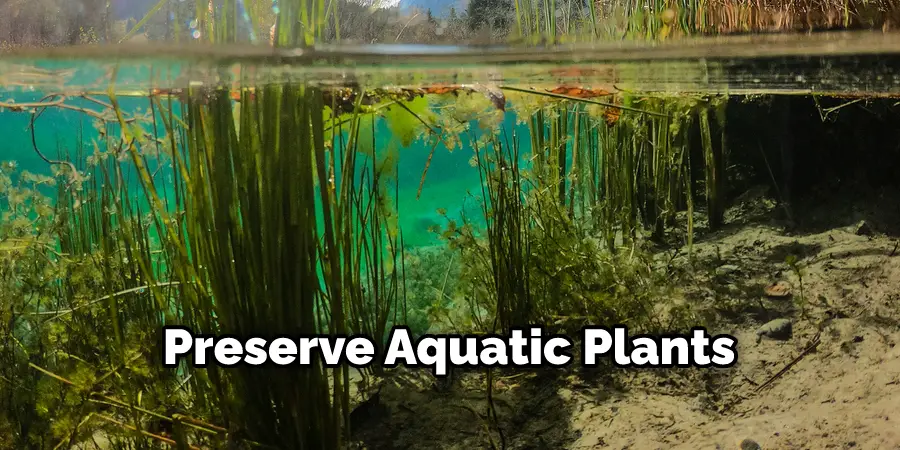
Conclusion
In conclusion, removing silt from a pond is an important maintenance task that can help with water clarity, oxygen levels, and fish health. Several methods for removing silt include physical removal with a skimmer net, introducing beneficial bacteria to break down the silt deposits, and using a mechanical sediment pump. By following these steps, you can remove silt from your pond and improve the overall ecosystem of your aquatic environment. I hope this article has been beneficial in learning how to remove silt from pond. Make Sure the precautionary measures are followed chronologically.
You can check it out to Make a Sunken Fire Pit

